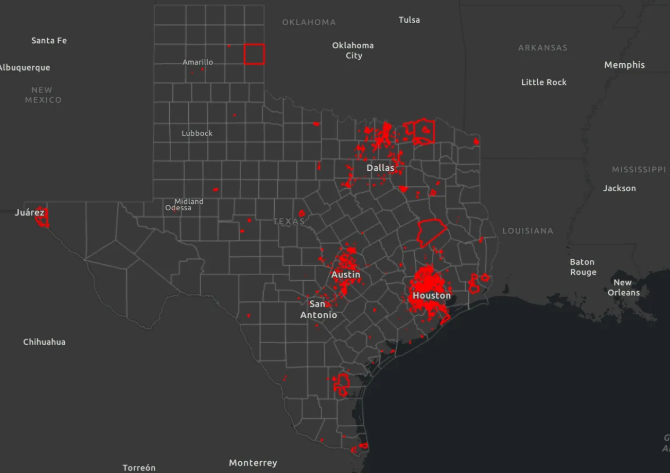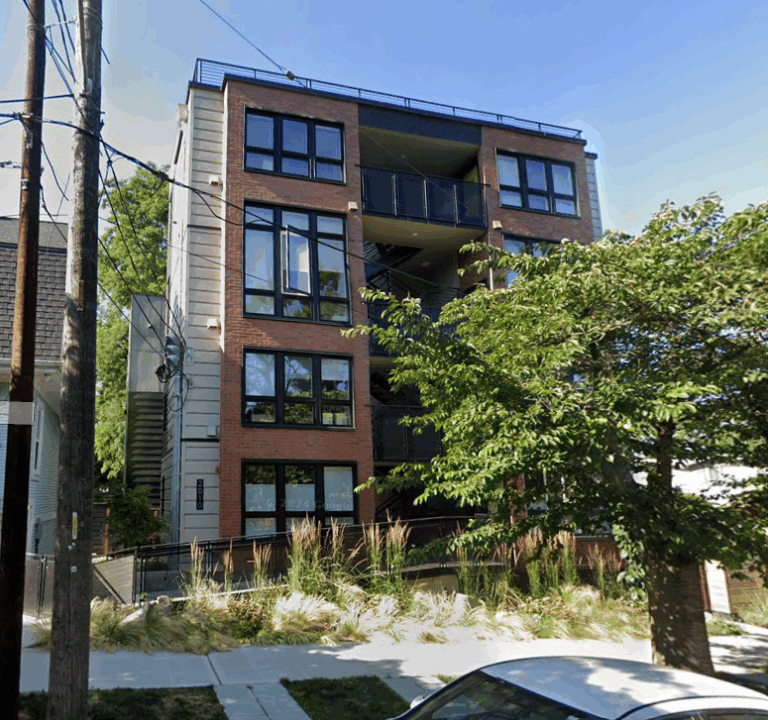Physical Address
304 North Cardinal St.
Dorchester Center, MA 02124
Physical Address
304 North Cardinal St.
Dorchester Center, MA 02124
If investors and hedge funds are a major cause of high housing costs, why do they seem to be most common in cheap cities?

Connor Tabarrok has an excellent new primer on Texas Municipal Utility Districts (MUDs), covering history, function, governance, and critiques.
With a divided and highly polarized state government, North Carolina hadn’t gotten much done on housing and land use policy in the past few years. That changed unexpectedly last fall, when S 382, a…
walkable suburbs have as many children as more typical suburbs
Montana passed a transformative land use reform package in 2023 – the “Montana Miracle”. This year, Montana’s legislature is again considering a lot of housing bills. The western United States overall has been the…

As a sense of urgency builds around North America’s housing affordability crisis, researchers have begun to look beyond zoning and permitting for ways to build more housing for less money. In the wake of a movement to bring more mass timber buildings to the US and Canada, some have turned their attention to the role of building codes. The first building code issue to receive sustained grassroots attention is the requirement, listed in the International Building Code (despite the name, a code mostly in use in the US), for buildings over three stories to have two exit staircases connected by a corridor. This requirement has long been in effect in most of the United States, with the exception of New York City, Seattle, and recently Honolulu and Knoxville (and a few other areas with modified versions of the requirement, as detailed in this Niskanen Center report.) Architect Sean Jursnick and developer Peter LiFari’s policy brief for Mercatus is a good general survey of the issue; for a discussion of local reforms that also interviews many of the key players, also read Patrick Sisson’s article in The Architect’s Newspaper. State legislators in Tennessee, Washington, Oregon, California, Connecticut, Virginia, and Minnesota have passed legislation directing their states’ building councils to consider – or simply approve – single-stair buildings up to six stories. Bills to similar effect were also introduced but not passed last year in New York and Pennsylvania; this year, bills are being considered in Colorado, Hawaii, Kentucky, Maryland, Massachusetts, Montana, New Jersey, and Texas. Los Angeles city councilmember Nithya Raman has also introduced a motion to update the building code there, and Austin is debating such a motion as well. Mechanisms of reform A policy brief for HUD’s Cityscape journal by Stephen Smith of the Center for Building in North […]

In response to David Albouy & Jason Faberman’s new NBER paper, Skills, Migration and Urban Amenities over the Life Cycle, Lyman Stone asks if this means that cities will always have lower fertility? I think the answer is probably yes, but that’s extrapolating beyond the paper at hand. What this paper shows is that there will always be some regions that are a better (worse) deal for parents relative to non-parents. The paper First, here’s Albouy & Faberman’s abstract, with emphasis added. TL;DR: there’s no point paying to live in Honolulu if you’re going to stay at home and watch Bluey every night. We examine sorting behavior across metropolitan areas by skill over individuals’ life cycles. We show that high-skill workers disproportionately sort into high-amenity areas, but do so relatively early in life. Workers of all skill levels tend to move towards lower-amenity areas during their thirties and forties. Consequently, individuals’ time use and expenditures on activities related to local amenities are U-shaped over the life cycle. This contrasts with well-documented life-cycle consumption profiles, which have an opposite inverted-U shape. We present evidence that the move towards lower-amenity (and lower-cost) metropolitan areas is driven by changes in the number of household children over the life cycle: individuals, particularly the college educated, tend to move towards lower-amenity areas after having their first child. We develop an equilibrium model of location choice, labor supply, and amenity consumption and introduce life-cycle changes in household compo! sition that affect leisure preferences, consumption choices, and required home production time. Key to the model is a complementarity between leisure time spent going out and local amenities, which we estimate to be large and significant. Ignoring this complementarity and the distinction between types of leisure misses the dampening effect child rearing has on urban agglomeration. Since the […]

Here are the results of my first use of OpenAI’s Deep Research tool. I asked for information that I know well – and in which inaccurate research has been published. It did a great…
With state legislative seasons in full swing, a picture of the landscape of land use reform is emerging. One dynamic I’ve been tracking: Yes In God’s Back Yard (YIGBY) bills, designed to allow religious organizations (and sometimes other nonprofits) to easily use their land to build housing, are still in vogue with lawmakers. Salim Furth and I predicted last year that this year would be a key test for this policy area. While it would be a mistake to expect YIGBY to solve the housing crisis on its own, these bills can broaden the housing abundance coalition and let reluctant state lawmakers take a first step into preemption of local zoning ordinances. So far, YIGBY bills have been proposed in Arizona, Colorado, Kentucky, Massachusetts, New York, Texas, Virginia, and Washington state. In fact, this year’s bills seem to be converging on (at least part of) the framework for YIGBY legislation that Furth and I proposed. Our framework would let organizations build to a specified development intensity everywhere, as well as to the development intensity of the surrounding neighborhood if it’s denser than that base density. Arizona’s HB 2191, for instance, specifies: B. The height requirements for an allowed use development on an eligible site must meet one of the following: 1. Be not more than thirty-eight feet and three full floors. 2. Be the maximum height allowable by the current municipal zoning regulations for retail, office, residential or mixed use. 3. be not more than the height of a previously existing structure on the eligible site. 4. be not more than the height of any existing building within one-fourth mile of the eligible site, except for buildings developed pursuant to this section. Clauses C and D set similar limits for setbacks and maximum lot coverage, followed by (emphasis mine): E. […]
I recently read about an interesting logical fallacy: the Morton’s fork fallacy, in which a conclusion “is drawn in several different ways that contradict each other.” The original “Morton” was a medieval tax collector who, according to legend, believed that someone who spent lavishly you were rich and could afford higher taxes, but that someone who spent less lavishly had lots of money saved and thus could also afford higher taxes. In other words, every conceivable set of facts leads to the same conclusion (that Morton’s victims needed to pay higher taxes). To put the arguments more concisely: heads I win, tails you lose. It seems to me that attacks on new housing based on affordability are somewhat similar. If housing is market-rate, some neighborhood activists will oppose it because it is not “affordable” and thus allegedly promotes gentrification. If housing is somewhat below market-rate, it is not “deeply affordable” and equally unnecessary. If housing is far below market-rate, neighbors may claim that it will attract poor people who will bring down property values. In other words, for housing opponents, housing is either too affordable or not affordable enough. Heads I win, tails you lose. Another example of Morton’s fork is the use of personal attacks against anyone who supports the new urbanism/smart growth movements (by which I mean walkable cities, public transit, or any sort of reform designed to make cities and suburbs less car-dominated). Smart growth supporters who live in suburbs or rural areas can be attacked as hypocrites: they preach that others should live in dense urban environments, yet they favor cars and sprawl for themselves. But if (like me) they live car-free in Manhattan, they can be ridiculed as eccentrics who do not appreciate the needs of suburbanites. Again, heads I win, tails you lose.